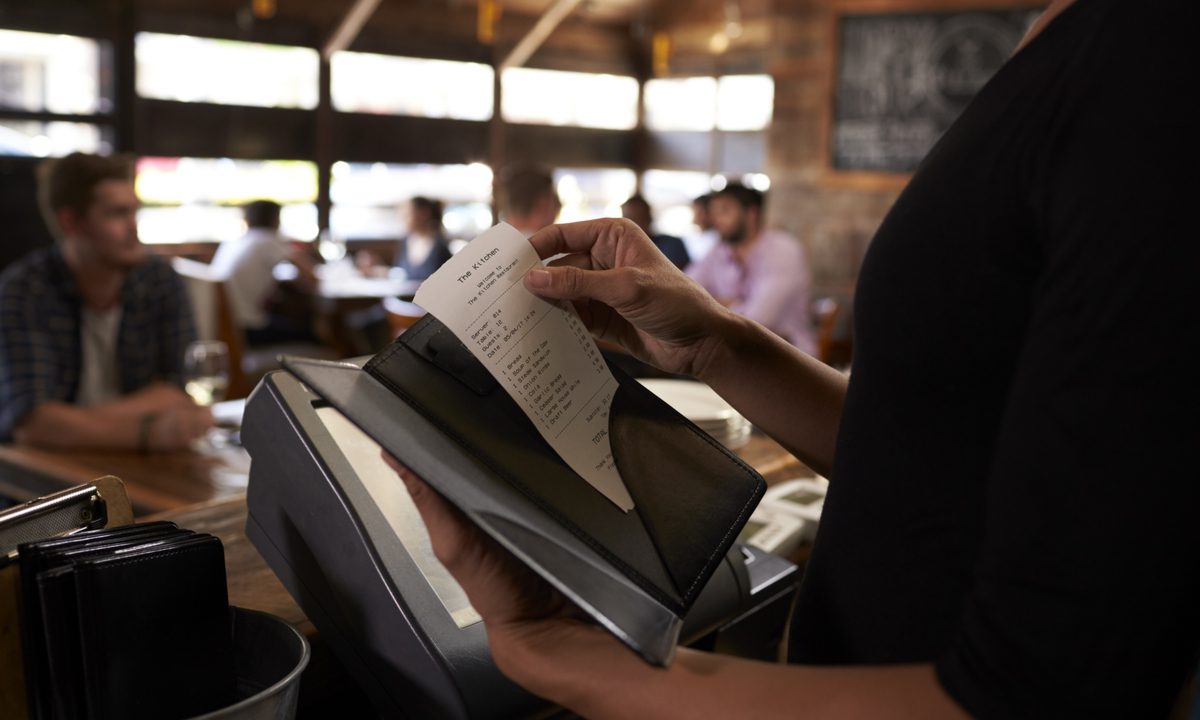
As restaurants seek out different ways to maintain their profit margins in the face of soaring food costs, some are going the underhanded route, slipping in new fees to boost check sizes without obvious menu price increases.
Fees with names including “noncash adjustment,” “fuel surcharge,” or “kitchen appreciation” have been popping up on checks, The Wall Street Journal (WSJ) reported Thursday (June 2), likely in a move to adjust for rising costs made all the more challenging as credit card companies increase transaction fees.
Certainly, food prices are inflating quickly. The Consumer Price Index for All Urban Consumers (CPI-U), reported by the U.S. Bureau of Labor Statistics (BLS) in mid-May, revealed that food away from home (i.e., restaurant) prices rose 0.6% month-over-month in April and 7.2% year over year. Plus, these increases only reflect upticks passed onto the consumer, with restaurants absorbing much of the impact of rapidly rising food and supply costs.
There are a range of strategies that restaurants are using to tackle these inflationary challenges. Some, for instance, are getting more granular about inventory management and about ingredient and commodity price tracking. Jackson Strayer-Benton, beverage director for Heirloom Hospitality, spoke with PYMNTS about how the group’s restaurants are digitizing back-of-house processes to help react in real time to inflationary challenges with more comprehensive information.
“If we pour a beer at 12 ounces, I can build the recipe at home in a computer and then connect that to the button that is pressed in [our point-of-sale (POS) system],” Strayer-Benton said. “So, now I can print out a sales document that can give us, for the month of April, what the total amount of items are, what the total quantity that we sold of that one particular beer was, what the cost of those 12 ounces of beer was, … what the profits made from that was and what the cost percentage is.”
Read more: Restaurants Embrace Digital to Fight Rising F&B Prices
Others are emphasizing lower-cost channels in an effort to assuage consumers’ price anxieties. David Bloom, chief development and operating officer of fast-casual sandwich chain Capriotti’s and its subsidiary, Wing Zone, explained in an interview with PYMNTS that these brands are investing in their pickup channels, emphasizing these fulfillment methods in their marketing to reach concerned customers.
“That’s still the most quote-unquote ‘cost efficient’ because there’s no delivery fees and those types of things,” Bloom said. “So, we’re making sure that people understand that, and we’re highlighting that to give people a choice.”
See more: For Restaurants, Consumers’ Inflation Concerns Prompt Renewed Focus on Pickup Channels
Additionally, some restaurants are regularly updating their menus to feature lower-cost ingredients as prices fluctuate in often unpredictable ways. James Marcus, partner and operator of Capital Tacos, a fast-casual Tex-Mex restaurant chain in Florida, described to PYMNTS how the brand thinks about these pricing actions.
“We have to look at our individual components of our business, all day, every day,” Marcus said. “Now, you can’t set your menu and forget it. … You set your menu, and then you look at your suppliers and decide what change you need to make on a pretty much every shipment basis.”
Read more: For Restaurants, Inflationary Challenges Prompt Menu Creativity